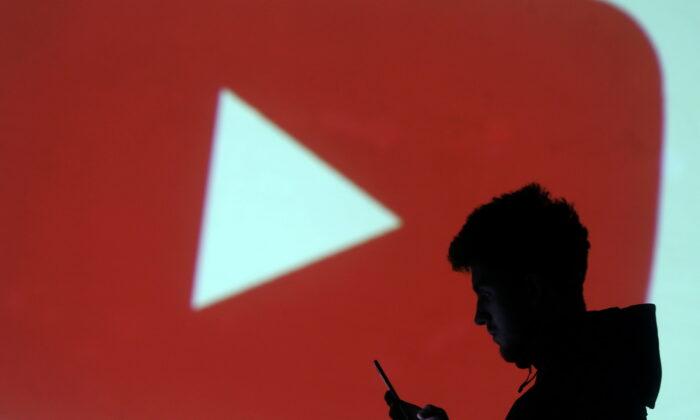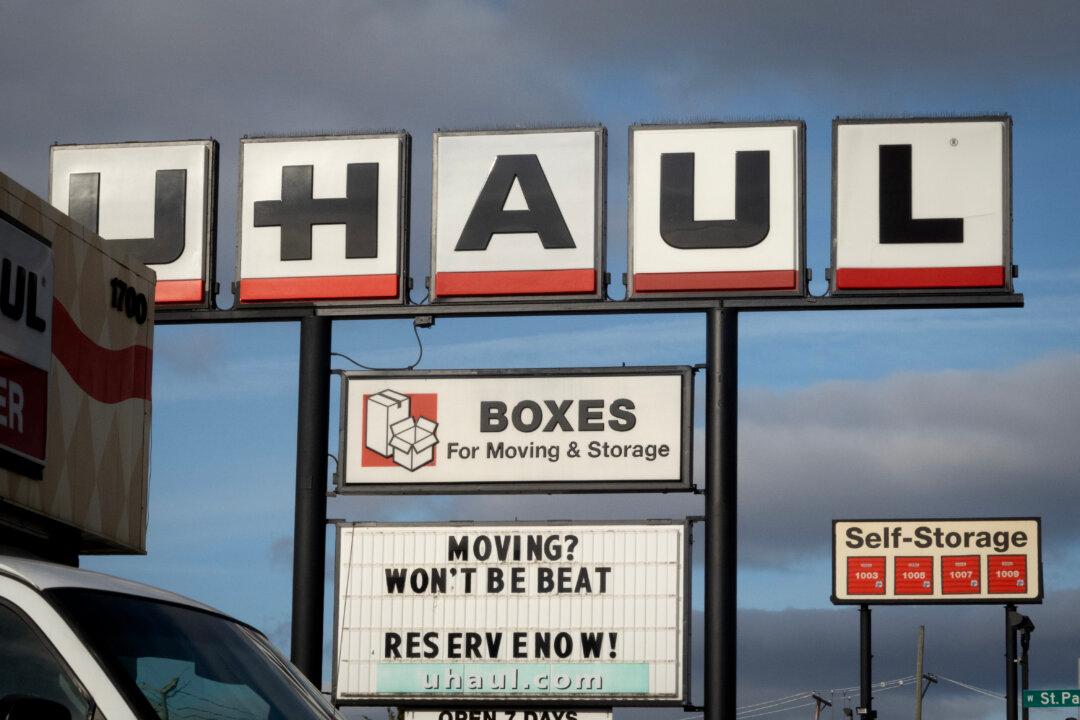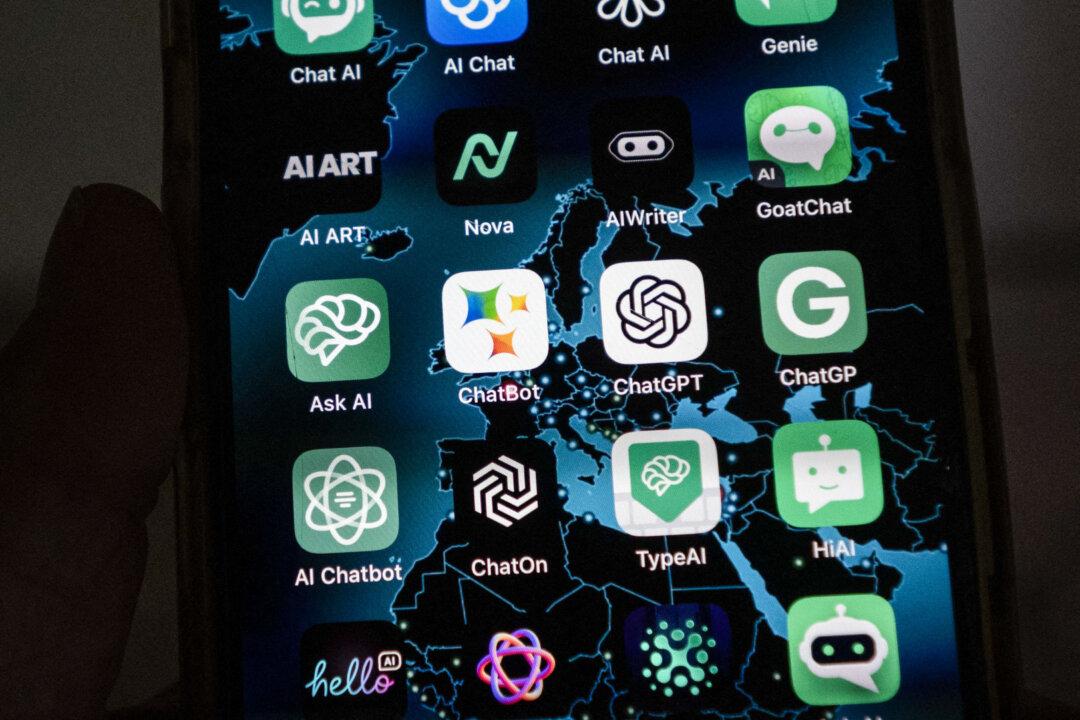For older generations of Americans who grew up watching TV, it may come as a surprise that the most-viewed entertainer in the world is arguably a 26-year-old YouTuber who styles himself as “MrBeast.” Jimmy Donaldson (his real name) has 290 million subscribers on the video-sharing platform and receives anywhere from 100 million to 300 million views on a typical upload.
Unfortunately for many young people who aspire to be the next Instagram or YouTube mega-star, most online creators don’t earn all that much. Influencer Marketing Hub finds that over 48 percent of creators earn $15,000 or less in annual income, while about one-tenth earn $50,000–$75,000 and another one-tenth earn $15,000–$25,000.
Most creators make money by shilling products to their audiences. According to data compiled by Goldman Sachs, 70 percent of creators cited direct branding deals as their main source of revenue. Creators can also earn income by taking a share of advertising revenues with the platform hosting their content, as well as through affiliate links and direct payments and donations from fans.
Some creators also hawk their own branded merchandise. Donaldson, for instance, launched his Feastables chocolate and snack brand in 2022, while other popular influencers such as Logan Paul, Emma Chamberlain, and Felix Kjellberg (PewDiePie) pitch products from T-shirts to coffee. Gaming enthusiast Matt Meagher (MMG) sold 728 hoodies in 24 hours, earning over $40,000 in profit, after launching his own brand through Instagram in 2021, according to merchandising platform Spring.
Increasingly, these video viewers are watching creator content on their TVs rather than just their phones or computers. Digital video ad spending is rising and advertisers are increasingly willing to invest in creator content alongside studio content.
Moreover, consumers seem to be forming strong emotional attachments to their favorite creators. The IAB study found that consumers experience intense emotions including “being overwhelmed with anxiety” when deprived of their usual creator content, which offers not only entertainment value but also access to a community of online friends.
Amid these seismic shifts in the media landscape, it’s hardly surprising that the total market of the creator economy is projected to nearly double to $480 billion by 2027, from $250 billion in 2022, per the Goldman Sachs report. While few creators make it big, tens of millions are hustling for their shot at social media stardom.
At the heart of the enterprise is an insatiable global hunger for online entertainment. In a video from a few months ago, MrBeast is asked by a participant why they are being dropped off in the middle of an abandoned city. His answer is simple: “For content!”







